Space exploration is constantly evolving, and NASA is at the forefront of pushing the boundaries of what we know. With groundbreaking missions on the horizon, the future of space exploration looks more promising than ever. From studying distant planets to unlocking the mysteries of the universe, these 15 NASA missions are set to shape the future and expand our understanding of the cosmos.
Contents
Artemis Program
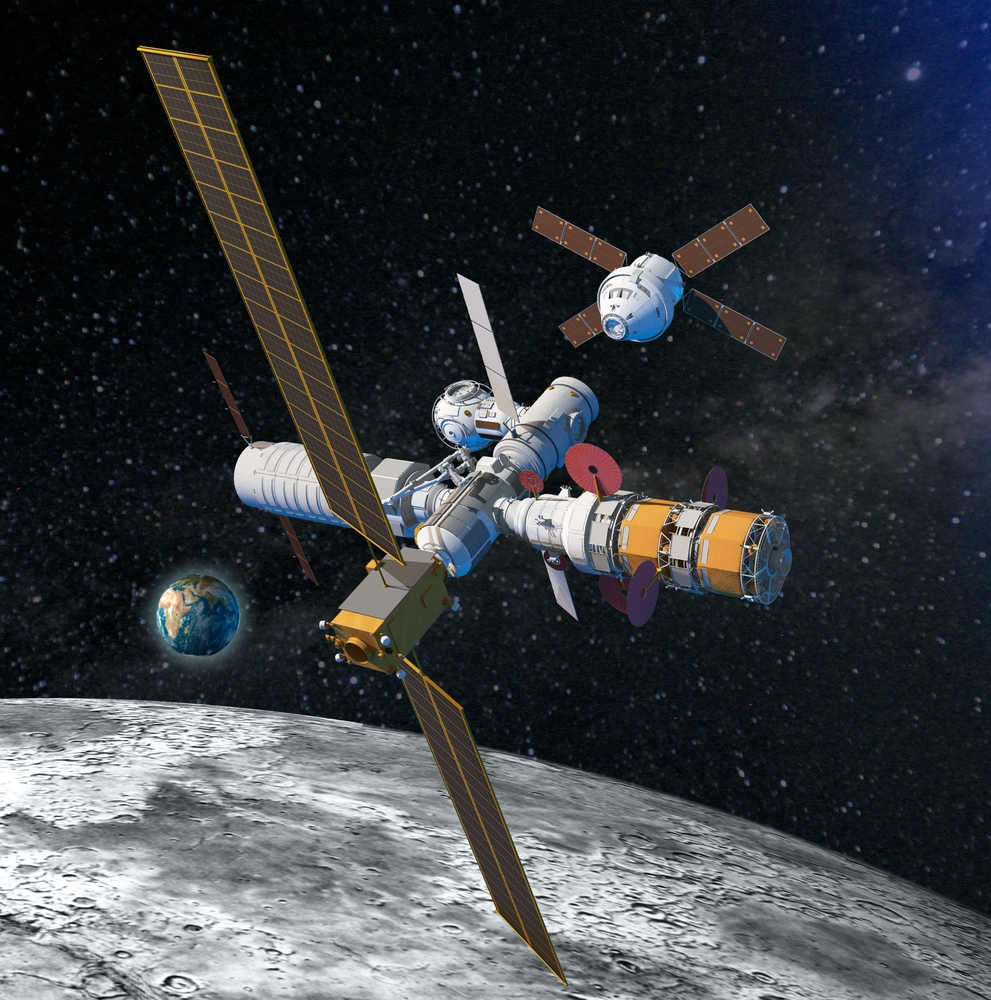
The Artemis Program is crucial to NASA’s long-term exploration goals, aiming to return humans to the Moon by 2025 and establish a sustainable lunar presence. It will involve advanced technologies, such as the Space Launch System (SLS) and the Orion spacecraft, to lay the groundwork for future Mars missions. By exploring the Moon’s South Pole, Artemis will search for water ice, a key resource for sustaining life and producing fuel. The program will also pave the way for international partnerships and commercial involvement in lunar exploration.
James Webb Space Telescope (JWST)
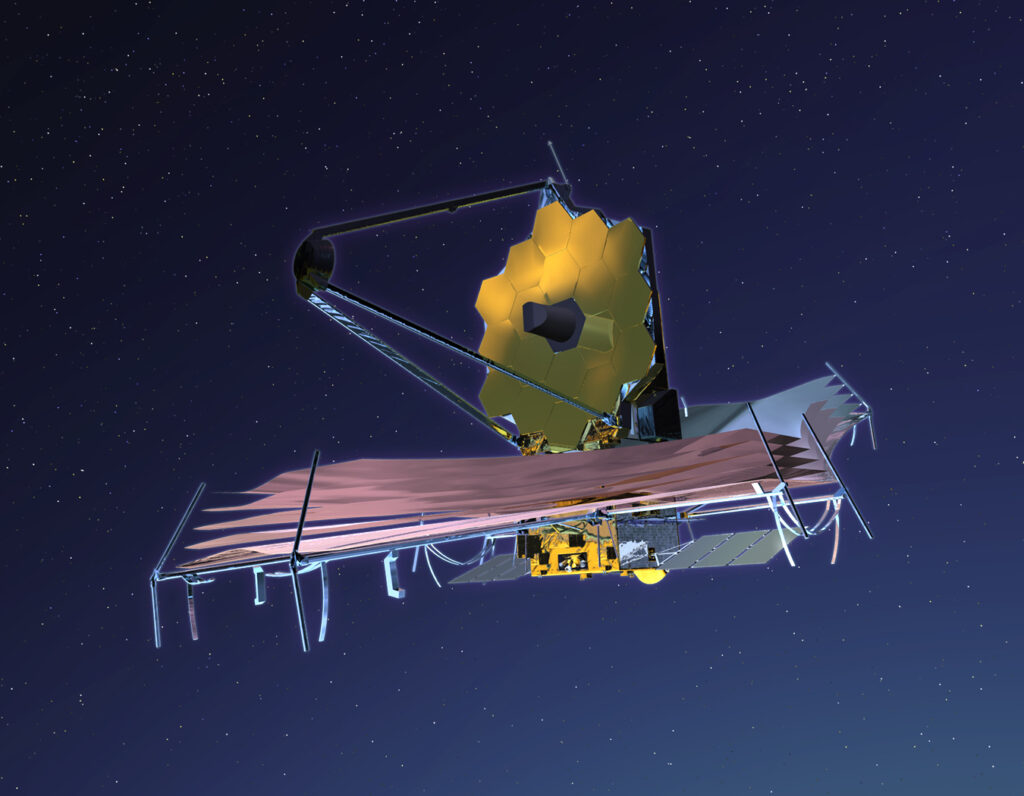
As NASA’s flagship space observatory, the James Webb Space Telescope is poised to transform our understanding of the universe. Launched in 2021, JWST offers unprecedented capabilities in infrared astronomy, allowing it to peer back over 13 billion years to observe the first galaxies and stars. With its large mirror and advanced instruments, JWST can study exoplanet atmospheres, search for habitable worlds, and unlock the secrets of dark matter and dark energy, shaping the future of space science.
Europa Clipper
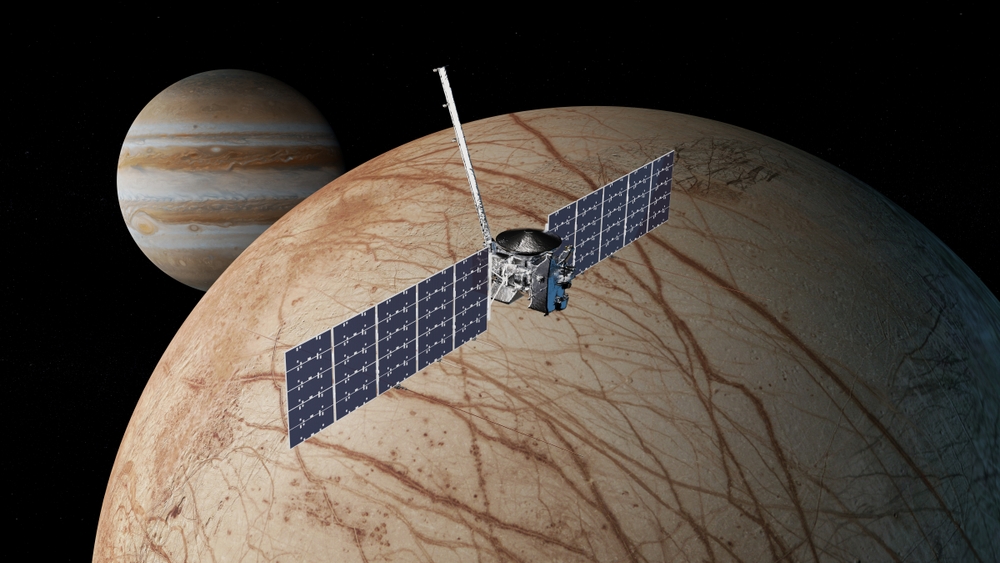
Europa Clipper will explore Jupiter’s icy moon, Europa, one of the most promising locations for finding life beyond Earth. Europa’s subsurface ocean, hidden beneath a thick ice crust, could harbor conditions suitable for life. Scheduled to launch in the mid-2020s, Europa Clipper will carry advanced instruments to map the moon’s ice shell, study its ocean’s chemistry, and assess its potential habitability. This mission is key to understanding icy worlds and the potential for life beyond Earth.
Mars Sample Return

The Mars Sample Return mission is a groundbreaking collaboration between NASA and the European Space Agency (ESA) to bring Martian soil and rock samples back to Earth for detailed analysis. Set to launch in the late 2020s, this mission will build on the work of the Perseverance rover, which is currently collecting samples on Mars. By studying these samples, scientists will gain unprecedented insights into Mars’s geology, climate history, and the potential for ancient life, paving the way for future human exploration.
Lunar Gateway

The Lunar Gateway is a planned space station that will orbit the Moon, serving as a hub for lunar exploration under the Artemis Program. It will provide astronauts with a platform to conduct scientific research, live for extended periods, and launch lunar surface missions. With modules contributed by international partners, Gateway will be a critical stepping stone for human exploration of Mars, offering a sustainable and flexible base of operations for deep space missions.
Psyche Mission
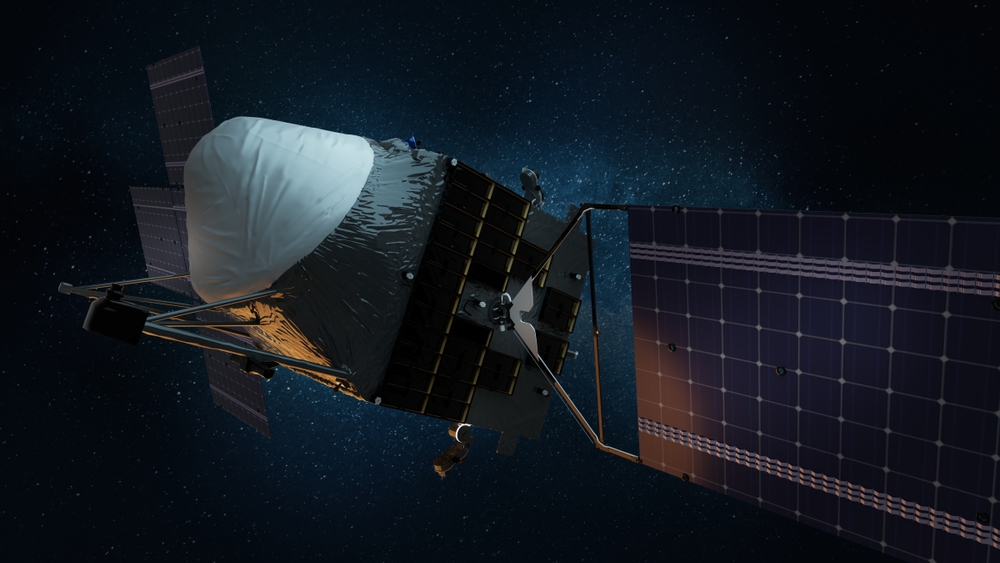
The Psyche Mission is set to explore a unique metal-rich asteroid, 16 Psyche, located in the asteroid belt between Mars and Jupiter. Unlike most asteroids composed of rock or ice, Psyche is thought to be the exposed core of a protoplanet, offering a rare glimpse into the building blocks of planetary formation. Launching in 2023, this mission could reveal important insights about planetary cores, the early solar system, and the processes that shaped terrestrial planets like Earth.
Dragonfly
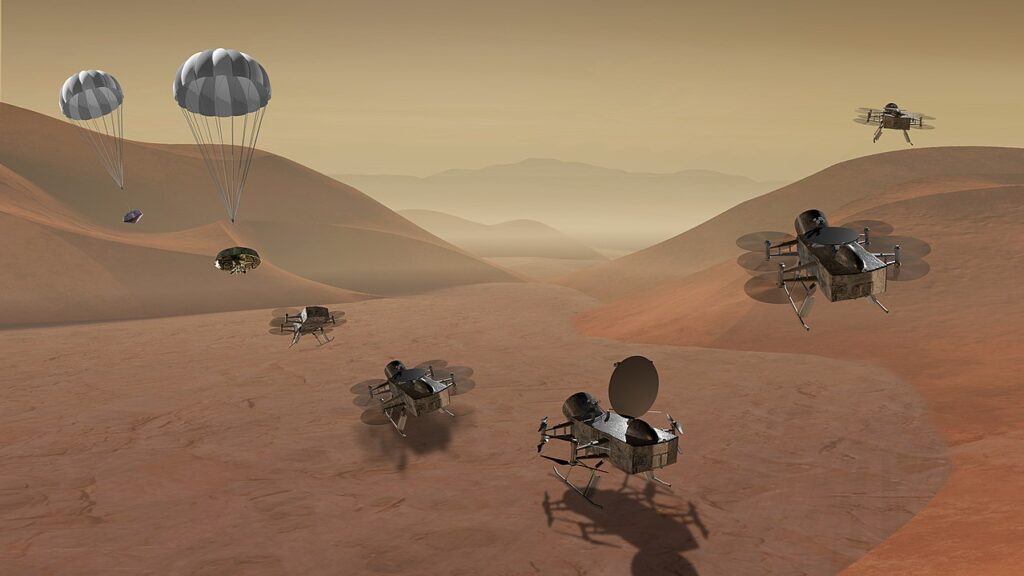
Dragonfly is an ambitious mission to explore Saturn’s largest moon, Titan, which boasts a thick atmosphere and surface lakes of methane and ethane. Set to launch in 2027, Dragonfly will be a rotorcraft capable of flying across Titan’s surface, studying its chemical makeup and searching for signs of prebiotic chemistry or even life. Titan’s similarities to early Earth make it a prime target for understanding life’s origins and the potential for habitability on other planets.
Mars Ice Mapper
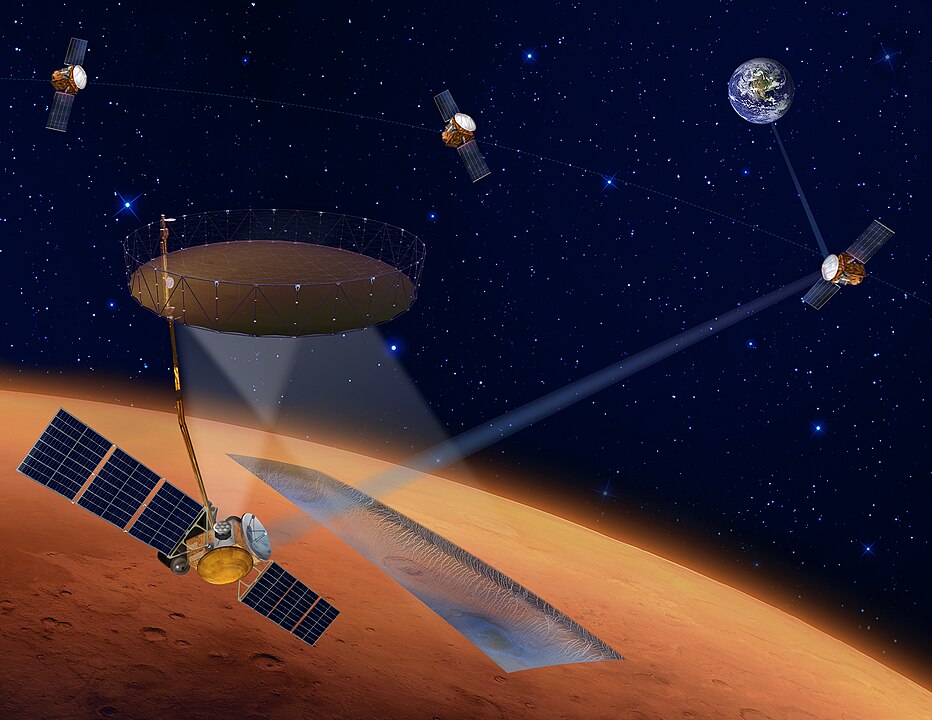
The Mars Ice Mapper mission aims to locate and map ice deposits on Mars, an essential resource for future human exploration. By using advanced radar technology, the mission will identify ice beneath the Martian surface, particularly in regions where humans could establish colonies. Ice is not only crucial for water but can also be used to generate oxygen and rocket fuel, making this mission key to supporting sustained human presence on Mars.
Nancy Grace Roman Space Telescope
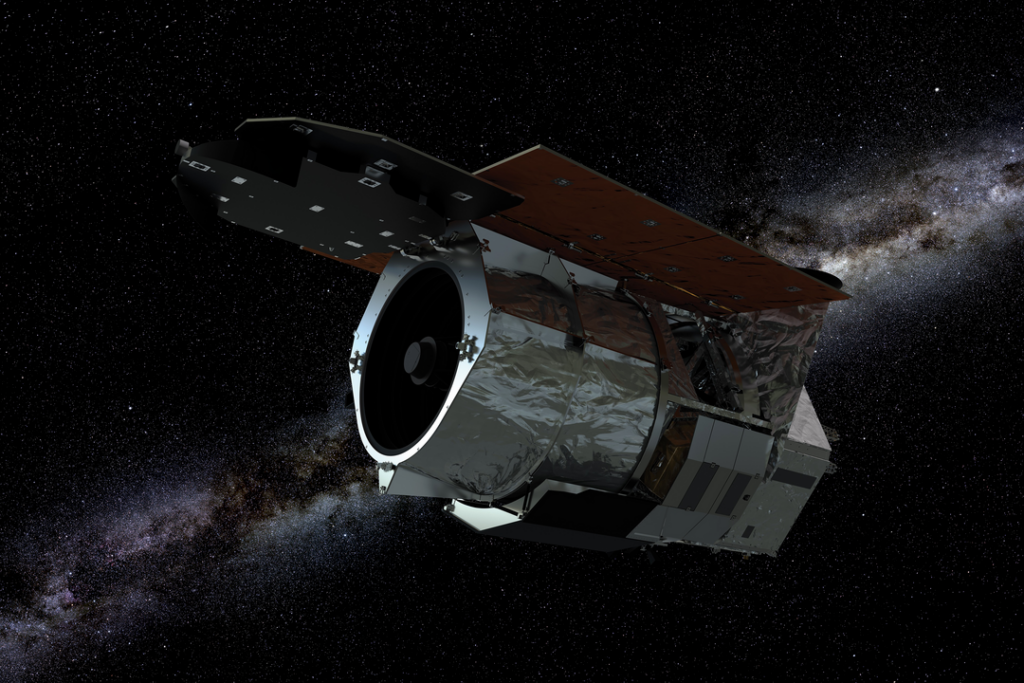
The Nancy Grace Roman Space Telescope, set for launch in the mid-2020s, will focus on unraveling the mysteries of dark energy and exoplanet detection. With a field of view 100 times larger than the Hubble Space Telescope, it will conduct wide-field surveys of the universe, studying distant galaxies, black holes, and supernovae. Its advanced coronagraph will also allow direct imaging of exoplanets, contributing to the search for habitable worlds beyond our solar system.
VIPER Rover
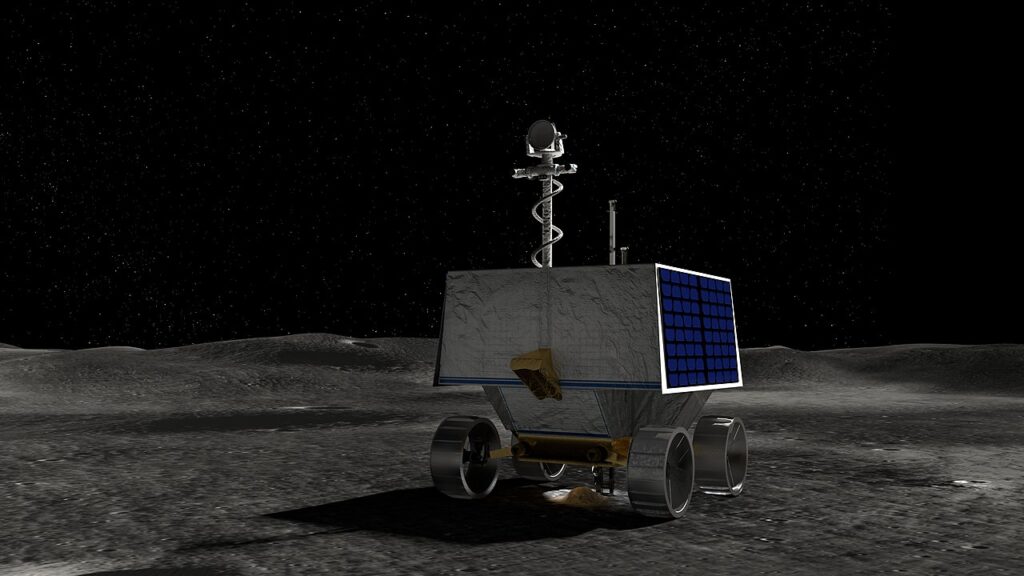
The VIPER (Volatiles Investigating Polar Exploration Rover) mission will explore the Moon’s South Pole, searching for water ice deposits in permanently shadowed regions. Water is a critical resource for future lunar exploration, and VIPER’s findings will help scientists understand the distribution of lunar ice and its potential for sustaining human missions. This mission is a vital component of NASA’s plan for a sustainable human presence on the Moon.
Near-Earth Object Surveyor
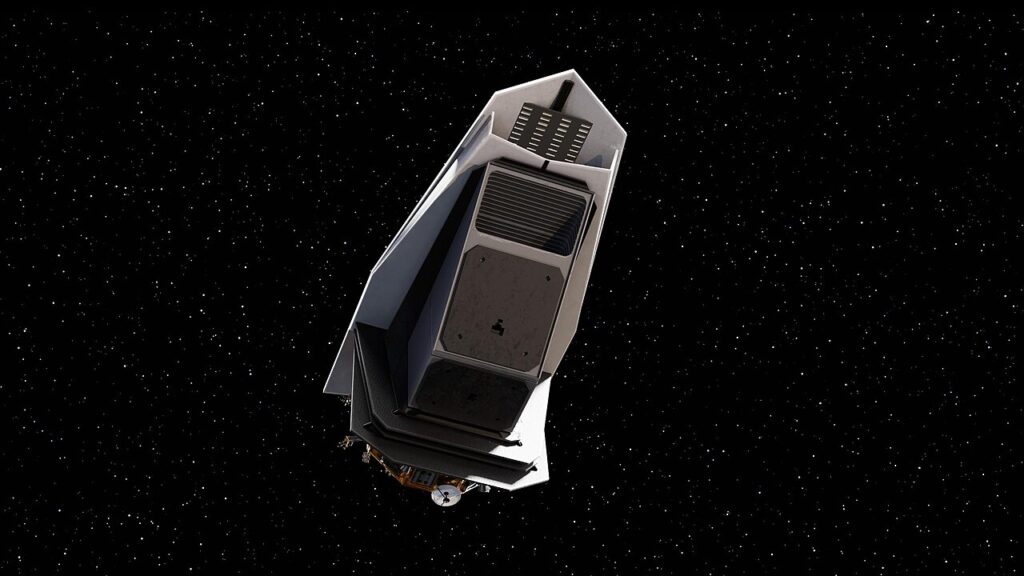
The Near-Earth Object Surveyor is a space telescope dedicated to finding and tracking potentially hazardous asteroids. This mission, launching in the late 2020s, will enhance NASA’s planetary defense efforts by identifying objects that could pose a threat to Earth. By cataloging asteroids and providing early warnings, the mission will play a crucial role in protecting our planet from possible impacts.
Astrobiology Mission

NASA’s future Astrobiology Mission is focused on answering one of the most profound questions: is there life beyond Earth? This mission will involve advanced instruments designed to detect biological signatures in other planetary systems and moons. Whether it’s investigating the atmospheres of exoplanets or the icy oceans of moons like Europa or Enceladus, the Astrobiology Mission will be pivotal in the search for extraterrestrial life.
Mars Helicopter Ingenuity (extended missions)
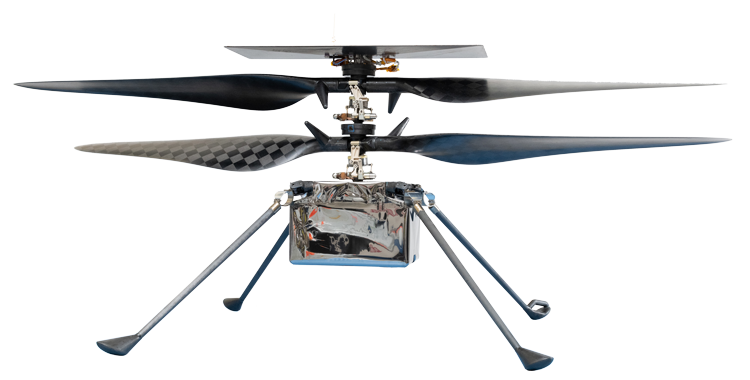
Ingenuity, the first aircraft to fly on another planet, has already demonstrated the feasibility of powered flight on Mars. As its mission extends, it will continue testing aerial exploration on the Martian surface, helping scientists scout terrain and gather data that rovers cannot reach. Ingenuity’s success could pave the way for future aerial vehicles on Mars and other planetary bodies, revolutionizing space exploration.
Solar Orbiter

In collaboration with the European Space Agency (ESA), NASA’s Solar Orbiter mission will study the Sun up close, focusing on its polar regions and the solar wind. Launched in 2020, this mission will provide unprecedented insights into the Sun’s magnetic field and its effects on the solar system. By improving our understanding of solar activity, Solar Orbiter will help scientists predict space weather, which can impact satellites and communication systems on Earth.
Lunar Flashlight
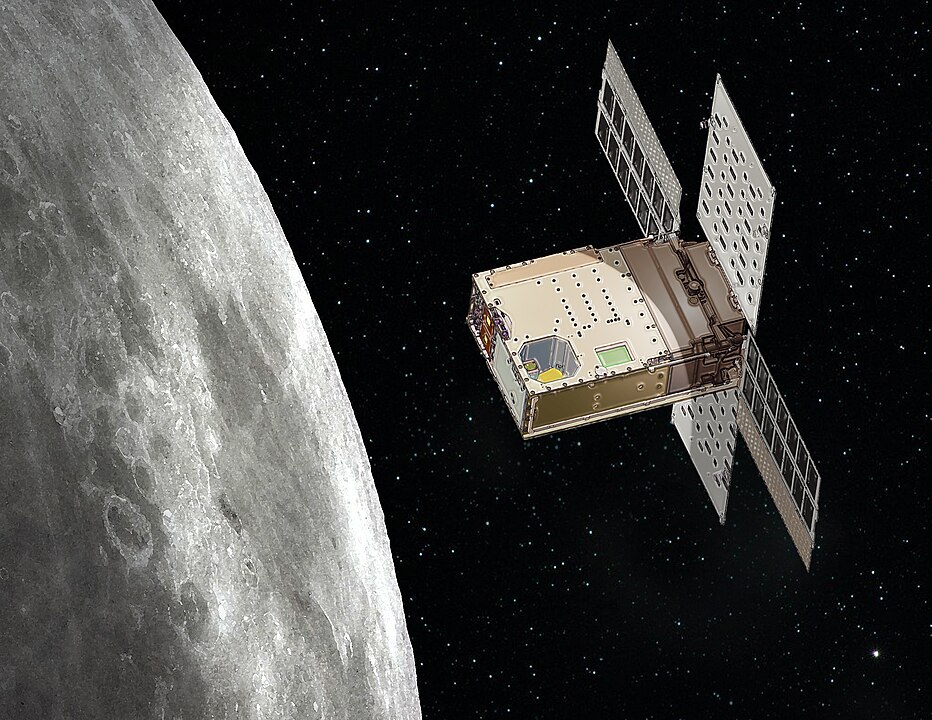
Lunar Flashlight is a small satellite designed to search for water ice in the Moon’s permanently shadowed craters. By using lasers to illuminate these dark regions, it will detect the presence of ice and other volatiles. Lunar Flashlight’s data will be critical for identifying water resources that could support human missions, making it a vital part of NASA’s Artemis lunar exploration program.
This article originally appeared in MyCarMakesNoise.
More from MyCarMakesNoise
15 Fuel-Saving Myths That Waste More Gas Than You Think

When it comes to saving fuel, we often rely on tips and tricks we’ve heard over the years. However, not all of these so-called “fuel-saving” methods are as effective as they seem. Read More
10 Fascinating Tractor Museums Preserving Farming Heritage

Tractor museums are more than just collections of machinery; they are windows into the rich history of farming and agriculture. In these museums, the evolution of farming technology comes to life, showcasing the ingenuity and hard work that shaped rural communities. Read More
6 Classic Boats That Deserve a Second Look

There’s something special about classic boats—their timeless designs, craftsmanship, and the stories they carry. While some boats have become icons, others have quietly faded into the background. Read More














